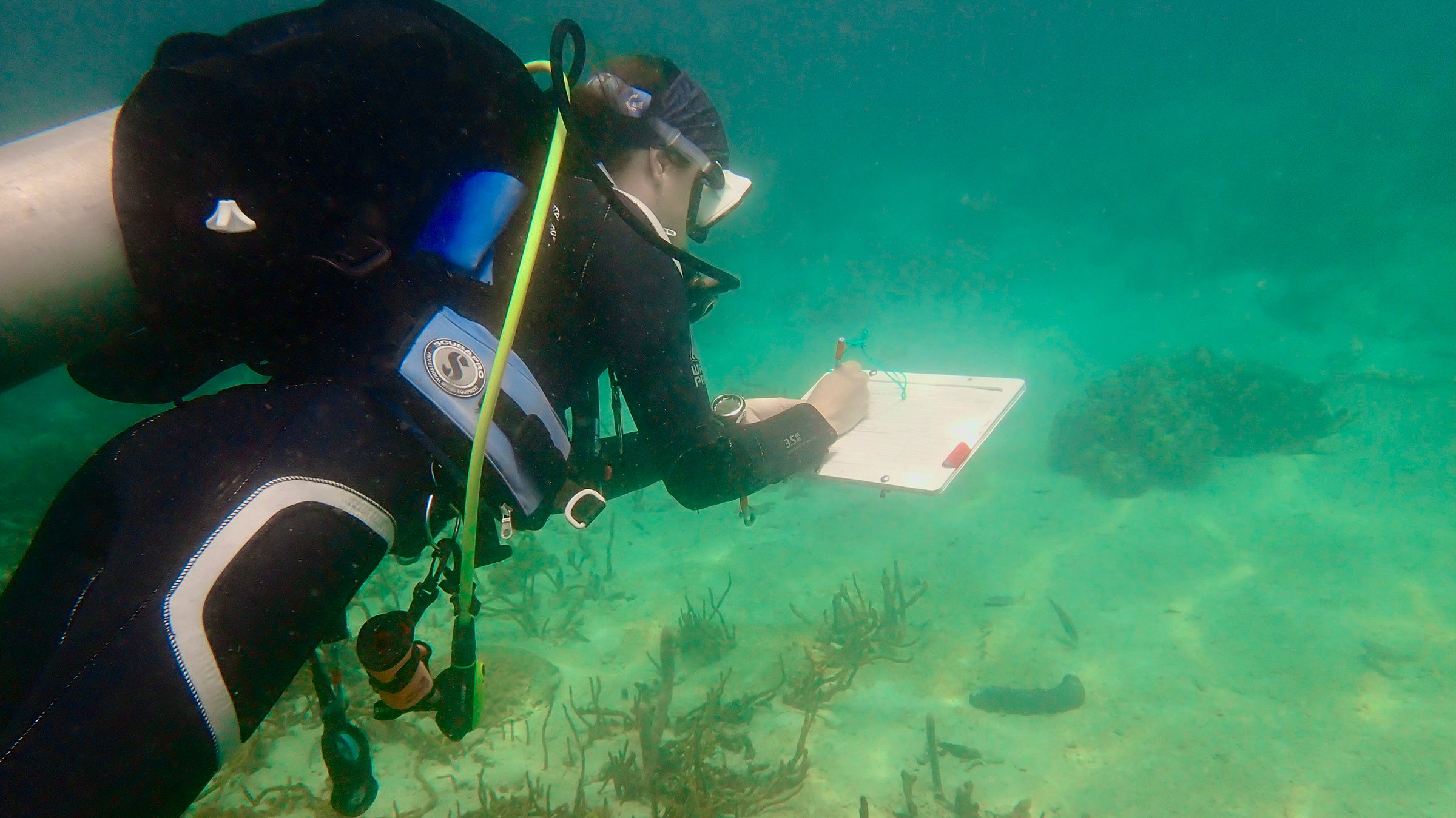News
Texas Science Festival-Goers to Enjoy Fusion of Curiosity and Discovery
The University of Texas at Austin will host the science-themed, STEAM-inspired festival from Feb. 21-March 6.

Some Bacteria Evolve Like Clockwork With the Seasons
The longest natural metagenome time series ever collected reveals a startling evolutionary pattern on repeat.

Texas Research
Faculty Member Wins University-Wide Research Excellence Award
Vagheesh Narasimhan had an extraordinary achievement in original research, providing clues to human evolution.

Scientists Use Ancient DNA to Shed Light on Adaptation of Early Europeans
By using ancient samples, the scientists managed to look back in time to uncover novel signatures of adaptation at the dawn of the agricultural revolution.

UT News
2024 Hamilton Book Award Grand Prize Goes to David Hillis for Homage to Texas Hill Country’s Biological Diversity
The Biodiversity Center director penned “Armadillos to Ziziphus,” a celebration of life in the Texas Hill Country.






